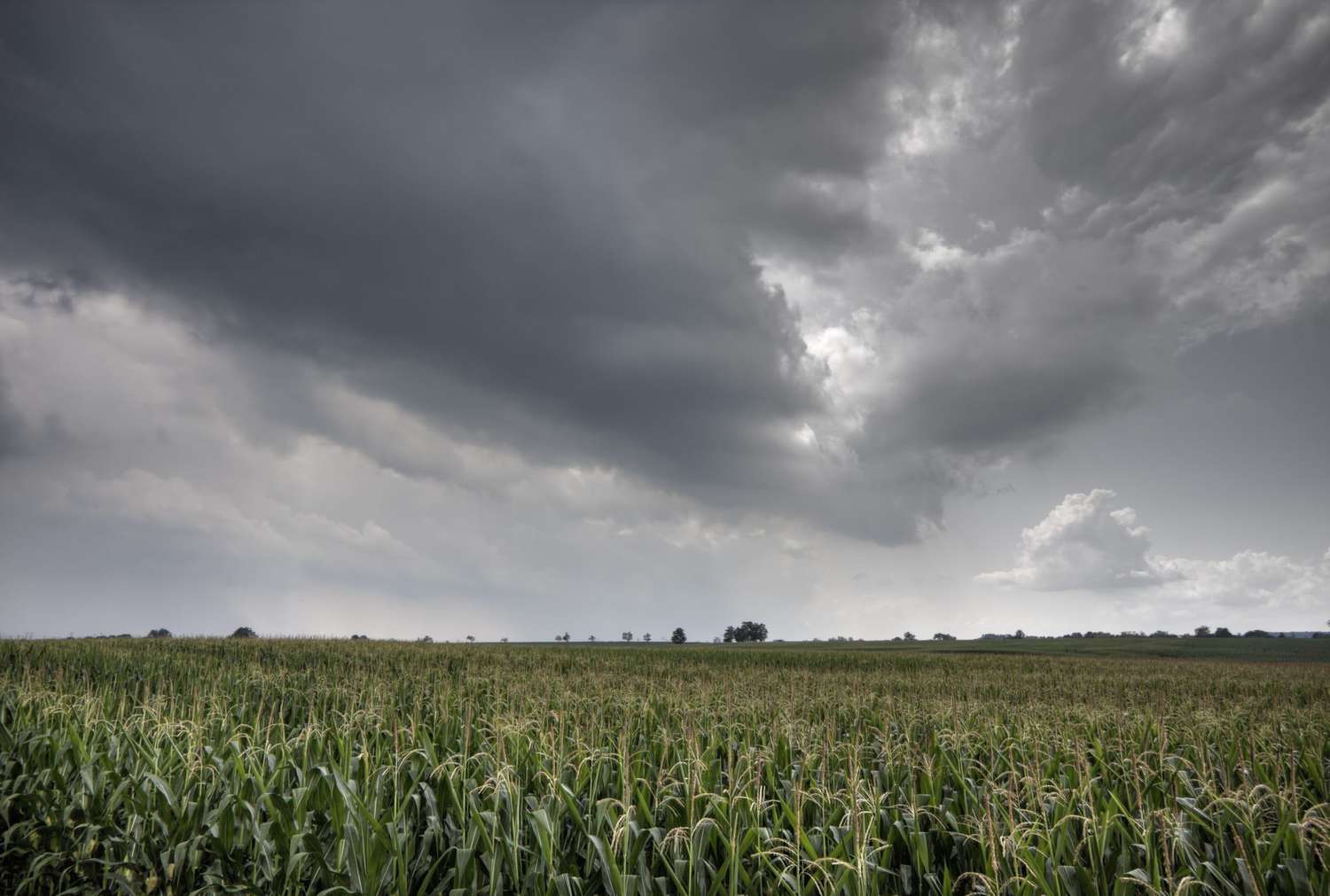
La Nina means colder-than-usual temperatures in the Pacific Ocean near the equator and often brings floods and droughts. The National Weather Service’s Climate Prediction Center (CPC) mentioned that although predictions made during spring are not always very accurate, it’s quite common for La Nina to follow strong El Nino events, historically.
According to the CPC’s monthly forecast, the ongoing El Nino weather pattern, responsible for creating hot and dry conditions in Asia and unusually heavy rains in certain parts of the Americas, is expected to transition to ENSO-neutral conditions between April and June 2024.
Sabrin Chowdhury, who oversees commodities at BMI, mentioned that La Nina could impact wheat and corn production in the U.S., as well as soybean and corn production in Latin America, including Brazil.
Meteorologists and agricultural analysts suggest that following a strong El Nino, global weather is likely to switch to La Nina in the latter part of 2024. This pattern usually brings more rain to Australia, Southeast Asia, and India.
India, being the largest rice provider globally, limited rice exports due to a weak monsoon, whereas Australia, the second-largest exporter of wheat, faced a decline in wheat production. Additionally, palm oil plantations and rice fields in Southeast Asia experienced below-average rainfall.
According to an official from the India Meteorological Department, the emergence of La Nina tends to be advantageous for the Indian monsoon. Typically, during La Nina years, the monsoon brings plentiful rainfall.
Source: Reuters